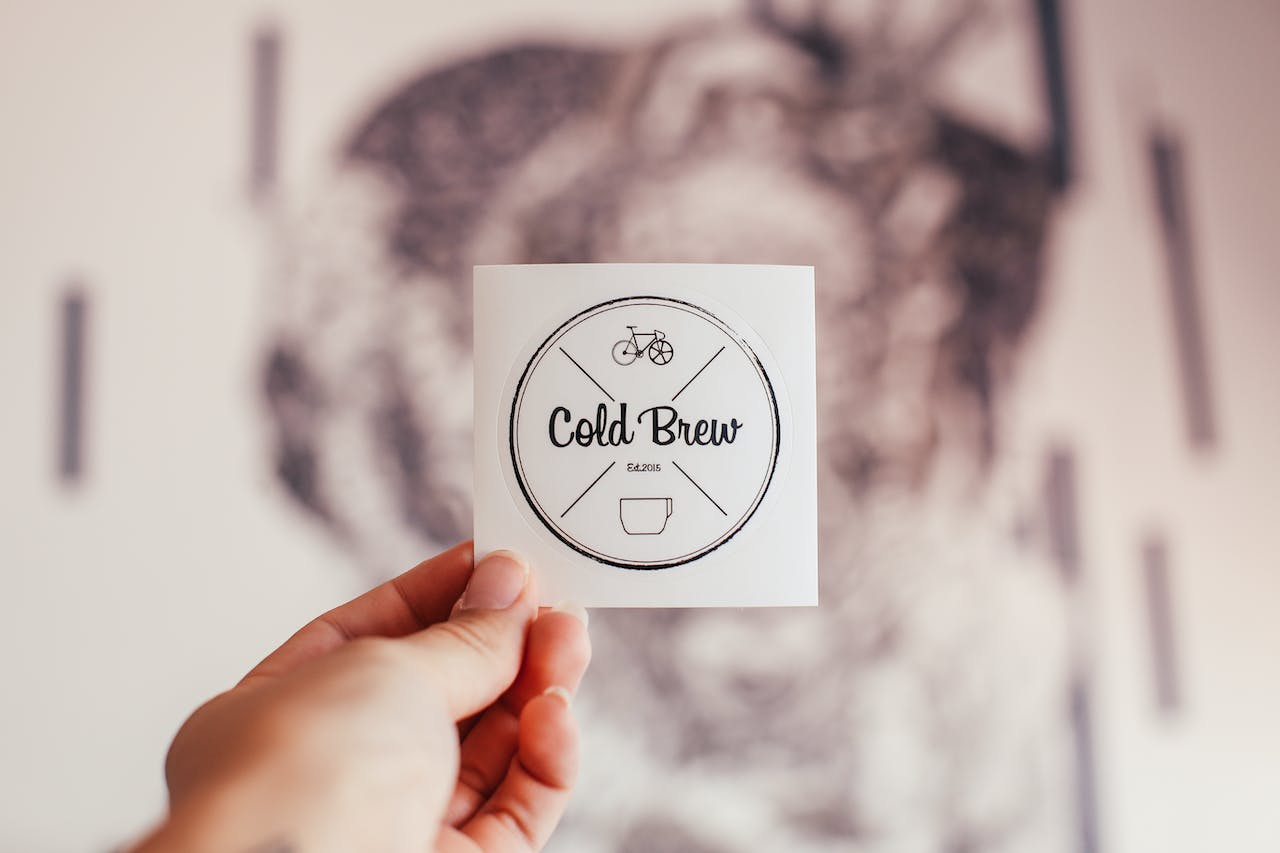If you’re new to cold brewing or a seasoned pro, it’s inevitable to encounter some problems in your quest for the perfect cold brew. This guide is here to provide solutions to the most common cold brew problems, ranging from bitter to sour and watery brews.
From understanding what goes wrong in the brewing process to learning how to fix and prevent these issues, we’ve got you covered. Let’s dive in to make sure that delicious cold brew is always within your reach.
“Experience is merely the name we give our mistakes”
Oscar Wilde
Hence, making mistakes, like brewing a not-so-tasty batch of cold brew, shouldn’t deter you. On the contrary, it should motivate you to identify the problem, find a solution, and improve your brewing techniques.
Table of Contents
Understanding the Basics of Cold Brew Coffee
Before we get into the specifics of common problems and their solutions, it’s crucial to understand what cold brew coffee is and why it’s so unique. Unlike traditional hot-brewed coffee, cold brew is made by steeping coarsely ground coffee in cold water for 12 to 24 hours. This process results in a coffee concentrate that’s highly caffeinated and less acidic, with a smooth, rich flavor.
- Coarsely ground coffee: The type of grind is an essential factor in cold brewing. A coarse grind is recommended because it allows for slow extraction over the extended brewing period.
- Cold water: Hot water extracts coffee’s flavors and ingredients rapidly, whereas cold water does so more slowly, contributing to cold brew’s unique flavor and attributes.
- Extended brewing time: Cold brewing is a slow process, typically taking between 12 and 24 hours. This long steeping time allows for a full, nuanced extraction of the coffee’s flavors.
What are the common cold brew problems?
Embarking on the cold brew journey is both exciting and rewarding, yet it often brims with challenges. If you’re new to brewing, you might encounter a few common snags that can spoil your experience and the taste.
Problems such as a bitter, sour, or watery brew are indeed common and can arise due to several factors.
A bitter cold brew may result from over-extraction, and most likely means your coffee sat for too long.
A sour taste typically indicates under-extraction, which occurs when there isn’t enough coffee in your brew to balance out the minerals in the water.
Watery cold brew, on the other hand, is a clear sign of under-concentration, likely due to inadequate coffee-to-water ratio.
Recognizing these problems is the first step in troubleshooting and producing a savory cold brew that’s sure to impress.
Bitter Cold Brew
When your cold brew tastes bitter, it’s often due to over-extraction during the brewing process. Over-extraction occurs when the water pulls out too many compounds from the coffee grounds, resulting in a harsh, bitter taste.
How do I solve it?
The fix is as simple as adjusting your brewing time or the coarseness of your coffee grounds. Experiment with reducing your brewing time or using coarser grounds if you find your cold brew to be consistently bitter. Be sure to keep a record of your adjustments so you can identify what works best for your palate. Check out this simplified guide:
| Problem | Solution |
|---|---|
| Bitter Taste | Reduce brewing time or use coarser coffee grounds |
Additional Troubleshooting Tips:
- It’s important to use cold, filtered water when making cold brew. This will help to further reduce any potential bitterness.
- Diluting your drink can also reduce the bitterness. Try adding some milk or mixing your cold brew with water.
- The type of coffee beans you use can also make a difference. Dark roast beans can be more bitter than light roast. You may want to experiment with different types of coffee to see which ones you prefer.
Read more: How to fix Bitter Cold Brew Coffee
Sour Cold Brew
If you’ve noticed a sour taste with your cold brew, it’s usually a consequence of two factors: the coffee grind size and steeping time. However, solving this problem is easier than you may think.
Coffee Grind Size
First, start with the size of your coffee grind. The size significantly influences your brew’s flavor. For instance, a fine grind can lead to over-extraction, which gives your cold brew a harshly sour taste. On the other hand, a coarser grind will allow the water to extract the right flavors, yielding a smoother, less-sour-tasting cold brew.
Here’s your solution: shift to a coarser grind. The coarse grind will slow the extraction process, reducing the chances of a sour result. You’re seeking a consistency similar to sea salt – granular, but not powdery.
Steeping Time
The second factor is steeping time. If your cold brew comes out sour, it’s possible that your coffee hasn’t steeped long enough. The general rule for a balanced flavor is steeping coffee grinds for at least 12-14 hours. If not steeped for long enough, the brew may not have had a chance to extract the fuller, richer coffee flavors, leaving you with sourness.
Ensure you are letting your coffee steep for a longer period (between 12 to 24 hours). Monitor your brew, and taste it at different times to get an understanding of how the flavors develop over time. However, be careful not to go past 24 hours, as that can lead to an over-extracted, bitter taste.
Remember: coffee brewing is an art, and the best cup of craft cold brew requires patience and experimentation.
Read more: How to fix Sour Cold Brew Coffee
Watery Cold Brew
If you’re encountering a cold brew that feels a bit like coffee-flavored water, it’s safe to say you have a Watery Cold Brew problem. This is a common issue, especially for beginners, but rest assured, it’s quite easy to tackle.
The main cause of this problem is typically insufficient coffee grounds, a longer than necessary steeping time, or an incorrect water-to-coffee ratio.
To remedy this:
- Increase the Quantity of Coffee Grounds: You might simply not be using enough coffee. A proper cold brew extraction requires quite a bit of coffee grounds due to the long steeping process.
- Adjust Steeping Time: If you steep your coffee for too long, the subtle flavors can get lost, resulting in a watered-down taste. Find the perfect balance for your preference by adjusting the steeping time and observing the changes in flavor. Normally, 12 to 18 hours is a good time frame.
- Check the Water-to-Coffee Ratio: The ratio of water to coffee plays an important role in the outcome of your cold brew. If the ratio is too high, the coffee can taste watery. You’ll need to experiment a little to find the ratio that makes the perfect brew for you. As a starting point, try a 1:4 or 1:5 ratio, that’s one part coffee to four or five parts water.
Read more: How to fix Watery Cold Brew Coffee
Mastering the art of cold brew coffee can be a bit of a journey, but with each brew, you’ll get closer to the rich, robust flavor that makes it all worth it. Keep experimenting, keep tasting, and you’ll soon be sipping on the perfect brew.


Leave a Reply